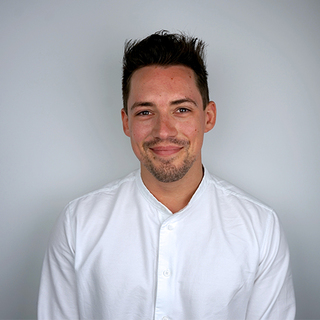With cybersecurity front of mind for every organisation, La Fosse have launched a new practice to ensure charities and NFPs are protected. And the best part? It’s completely free of charge.
This groundbreaking programme sees La Fosse place world-leading cybersecurity professionals into advisory positions at charities and NFPs that need advice and support, for free. Launched with an event at the RAC late last year, the scheme is unique within the recruitment industry.
The initiative has already been a success, with five cybersecurity professionals already committing to support organisations on an advisory basis.
Ollie Whiting, CEO of La Fosse, said: “Care is a founding principle of La Fosse – which includes caring for others, not just our clients and candidates. So it’s great to see that so many share this view. We’ve been able to use the strength of our network to match some fantastic charities to some of the best expertise in the country. A heartfelt thank you to everyone in and out of La Fosse who has donated time and resource to make this happen.”
Placements to date include:
Amnesty International: Steve Wright (DPO at The Bank of England)
The Natural History Museum: Simon Hodgkinson (Group CISO at BP)
Comic Relief: Thom Langford (Founder at (TL)2 Security Ltd)
United Response: Yolande Young (IT Director – Information Security at BP)
Cancer Research:Moty Jacob (CISO at Traiana)
Each security leader is helping to steer charities away from potential pitfalls and threats that could lead to funds and research not reaching their desired destination.
Mike Robinson, Head of Technology, at Amnesty International said: “As a Human Rights Charity we are exposed to the same threats as any other commercial organisation – more so at times, given the work we carry out. We can’t operate with integrity without knowing we are doing everything we can to keep our donors and activists’ personal data safe and secure. La Fosse’s pro bono advisor practice has provided us with invaluable access to advice and mentorship from an industry-leader in the security space, allowing us to continue to campaign for our causes safely and effectively.”
Steve Wright, Pro Bono Advisor to Amnesty International and DPO at the Bank of England added: “La Fosse’s creation of a platform for pro bono work in cybersecurity is an innovative solution to solve the real problems these organisations face, and will allow me to give back to a cause more than I ever would be able to in donations. It’s important we help NFPs such as Amnesty as much as we can to enable them to carry out the crucial work they do.”
Aaron Lee, specialist consultant in La Fosse’s Charity and NFP Practice, said: “This is an exciting opportunity for charities, and we’re hoping to expand the practice to data and broader technology, with a focus on bringing more diversity to advisory roles. If you’re a charity who might benefit, please do get in touch.”
If you’re a charity or CISO looking to become a part of the platform in any capacity, please don’t hesitate to reach out to aaron.lee@lafosse.com or ross.tanner@lafosse.com.
